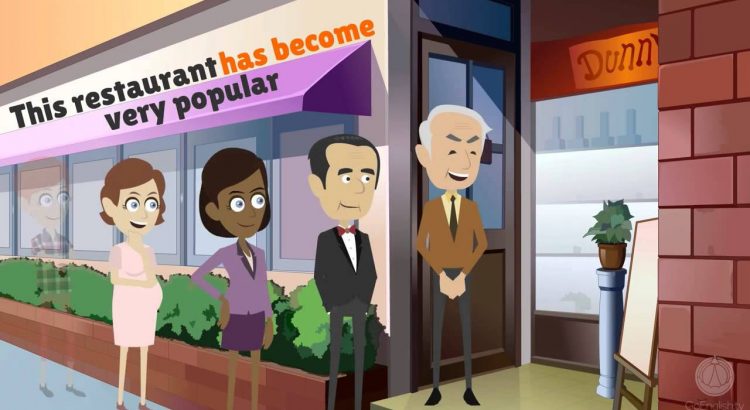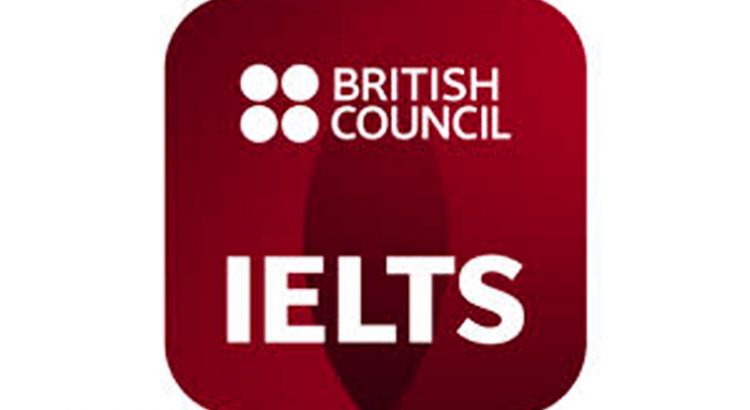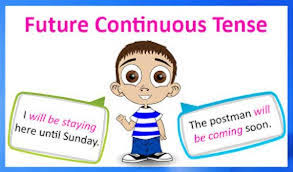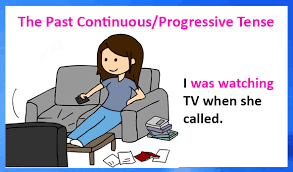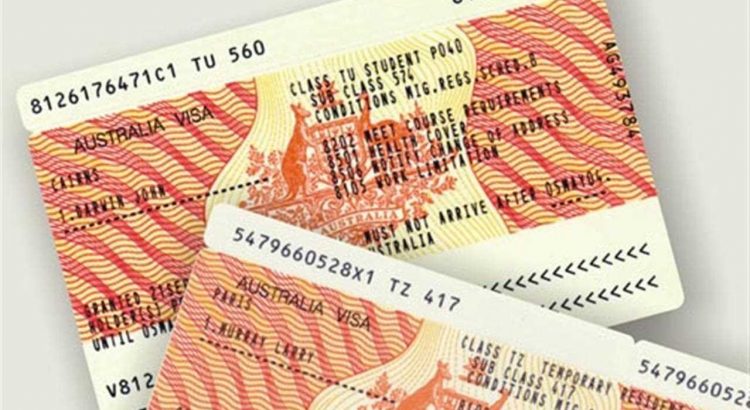The sentence formation follows:
| Singular Number | Plural Number | |
| 1st Person | I had eaten = I’d eaten | We had eaten = We’d eaten |
| 2nd Person | You had eaten = You’d eaten | You had eaten = You’d eaten |
| 3rd Person | He had eaten = He’d eaten | |
| She had eaten = She’d eaten | They had eaten = They’d eaten | |
| It had eaten = It’d eaten |
Uses of The Past Perfect Tense:
- The past perfect tense is used for actions completed before a certain moment in the past:
Present: My brother has just left for airport. If you hurry you will catch him.
Past: When he arrived, my brother had just left for airport.
I met her father in Canada last year. I had seen him the last ten years before.
- When two actions happen in the past, it may be necessary to describe which action happened earlier than the other.
When he arrived, my brother had just left for airport.
The child had begun crying before her mother reached the nursery school.
- The past
perfect tense can be used with since/for/always etc. for an action which began
the time of speaking in the past, and
- was still in progression at that time or
- ended at that time or just before it.
- He had been a police officer for ten years, and decided to stay in the police department till he reached the retirement.
We had lived in this small village for five years before moving to a big city.
- The old banyan tree, which had stood in the middle of the garden for 40 years/since before the garden was developed, suddenly crashed to the ground.

